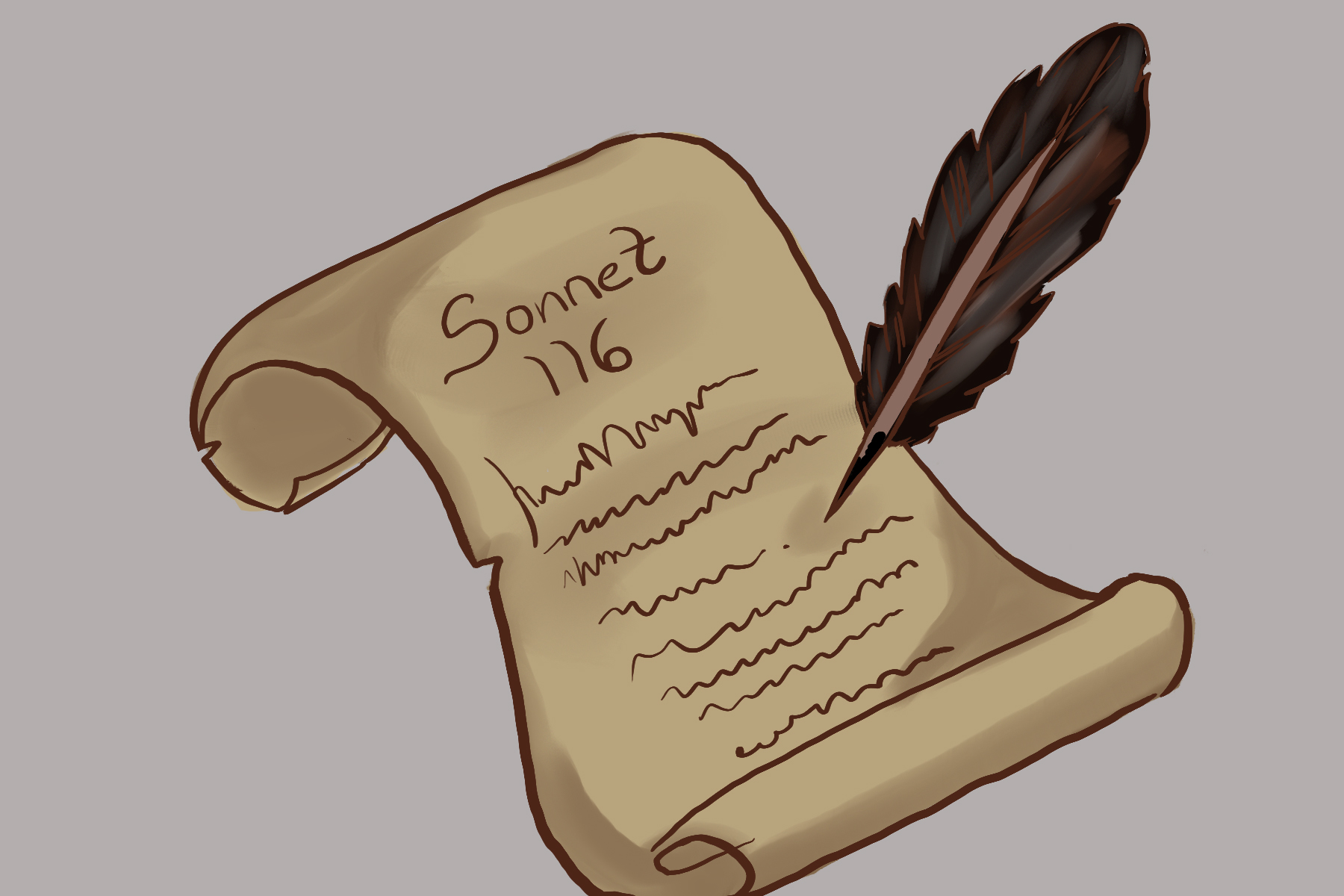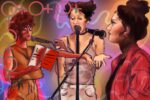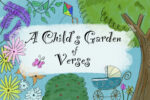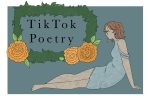As 2019 draws to a close, the world at large will pause to take stock of the last decade. Conversationalists will reminisce about family milestones, political events and entertainment triumphs — all trying to get a feel for the period’s spirit. In the individual’s attempt to parse the past 10 years, one often overlooked medium contains many insights. Through poetry, and the themes it contains, poets offer readers a glimpse into the issues closest to creatives’ hearts. Although the modern age certainly isn’t known for an adoration of poets, the following authors capture its essence with ease.
1. Maggie Smith
Stylistically, Maggie Smith is known for her simple yet potent poetry, much of which denotes a mother’s relationship with her children. As readers study her verses, Smith’s warm, maternal voice adopts anyone willing to remain within the pages. The poet infuses her work with an optimism often absent in modern poetry, no doubt contributing to her critical success.
Throughout the past decade, Smith published several well-known poetry collections, but a dainty piece called “Good Bones” has garnered the most attention. The verses grapple with a confusing mixture of good and evil in the world and acknowledge heartbreaking realities readers must confront. However, Smith never overlooks the world’s potential for progress. Rather, she compares the planet to a fixer-upper simply in need of a little love. Smith’s final lines communicate this desperate, endearing optimism: “Any decent realtor / walking you through a real s—thole, chirps on / about good bones: This place could be beautiful, / right? You could make this place beautiful.”
2. Jericho Brown
The work of Jericho Brown tackles a variety of different themes head on, hesitating only to acknowledge nuance in the matters he describes. From relationships with parents to his life as a black man in America, Brown possesses a gift for turning moments of intense scrutiny into beautiful lyrics. Readers join Brown as he inches toward assertions, then backpedals into examination once again. His poetry is laden with exceptions, providing readers a glimpse into the poet’s divided mind.
For example, in “To Be Seen,” Brown describes his thoughts after an HIV diagnosis, “Forgive me for taking the tone of a preacher. / You understand, a dying man / Must have a point — not that I am / Dying exactly. My doctor tells me I’ll live / Longer than most since I see him / More than most. Of course, he cannot be trusted / Nor can any man / Who promises you life for looking his way.”
Similarly, in “Hero,” Brown details the darker side of family life, but later admits that, “I should be grateful. So I will be— / No one on earth knows how many abortions happened / Before a woman risked her freedom by giving that risk a name, / By taking it to breast.” Overall, Brown’s works highlight the beauty of complexity, an acknowledgment desperately needed in the modern world.
3. Ocean Vuong
At 31 years old, Ocean Vuong’s achievements already outnumber that of many seasoned poets. Over the past decade, the young man’s poetry earned him the 2014 Ruth Lilly/Sargent Rosenberg fellowship from the Poetry Foundation, a 2016 Whiting Award and the 2017 T.S. Eliot Prize. Vuong’s vulnerability, and the vivid imagery he uses to expose his innermost thoughts, make the reasons behind his critical success exceedingly clear. With each poem, Vuong sheds light on the forces that shaped his soul, both positive and negative.
https://www.instagram.com/p/B58ve6iBCfR/
As a Vietnamese American poet, much of Vuong’s work wrestles with his family history and eventual immigration. In a particularly moving poem, Vuong describes his mother teaching him to read, “She doesn’t know what comes after. / So we begin again: / a b c a b c a b c / But I can see the fourth letter: / a strand of black hair – unraveled / from the alphabet / & written / on her cheek. / Even now the nail salon / will not leave her: isopropyl acetate, / ethyl acetate, chloride, sodium lauryl / sulfate & sweat fuming / through her pink / I NY t-shirt.” Throughout his poems, Vuong paints pictures that startle readers with their evocative power.
4. Olivia Gatwood
A single word captures the aura within each of Olivia Gatwood’s poems: fierce. The fiery poet began her writing career by competing in slam poetry contests, bringing topics like feminism and sexual assault to the stage with boldness. Today, Gatwood has published three poetry collections, each of which deals with social justice issues. Above all, the poet’s passion is evident in each work she creates. Additionally, the young woman’s performative flair and resonant imagery make her words memorable, with every new thought trailing listeners for weeks after their first encounter.
In “Manic Pixie Dream Girl,” Gatwood denounces a popular, but ultimately dehumanizing film trope. The quintessential manic pixie dream girl only functions as a quirky means to a male character’s awakening. As Gatwood summarizes, “Manic pixie dream girl says I’m going to save you. / Says, don’t worry, you are still the lead role. / This is your love story about the way I teach you to live. / Everything they know about me they will learn when it is projected onto you…”
Although charming, this female character trope possesses no personal autonomy. When the protagonist finds fulfillment, she simply disappears. While speaking for this widespread archetype, Gatwood concludes, “The convenient thing about being a magical woman is that I can be gone as quickly as I came. / And when you are a whole person for the first time, the movie is over. / Manic pixie dream girl doesn’t go on; there’s no need for her anymore. / Manic pixie dream girl is too dream girl, and you just woke up.” Through her poem, Gatwood hopes to replace a demeaning film trend with female characters who possess full-fledged humanity.
Over the past 10 years, innumerable new creatives and poets have begun their artistic careers. Within their works, readers can find tidbits of information about the cultural climate. These pieces of beauty communicate the flaws, innovations and aspirations of the past decade. After all, who wrestles the most with changing conditions? Who notices the subtle differences in thought, and grapples with newly manifested ideas? Poets, with their intense introspection and devout attention to detail, offer readers the finest cultural barometer available.
















